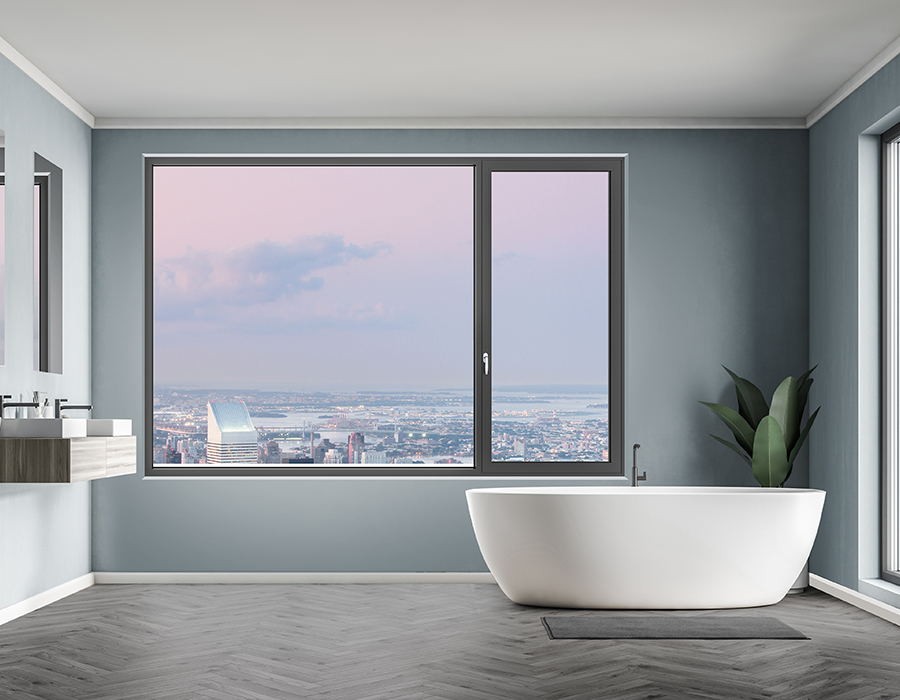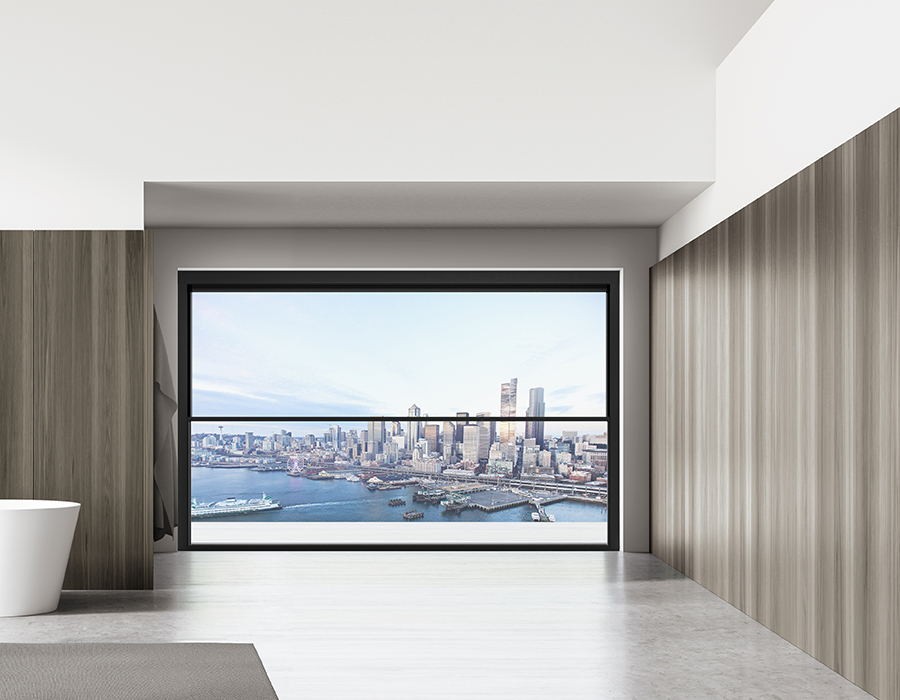What are the differences in requirements between retail windows for project windows?
There are significant differences between retail windows for project windows in the three stages of design, manufacturing, installation, and acceptance. Below are some explanations for these three stages:
Door and window design stage: The foundation of project window design is the architectural design drawings issued by the architectural design institute. The design goal is to provide some background explanations in the national standards of various buildings and doors and windows, based on the relevant requirements of standards, technical specifications, and local standards (which is the basis for construction project acceptance), and to pursue the optimization of the cost-effectiveness of doors and windows. Therefore, project window design has standardized routines and processes. The foundation of retail window design is the personal preferences and value orientation of the owner, and the purpose of design is to satisfy consumers.

Manufacturing and installation of doors and windows: Project windows are manufactured in large quantities with few specifications, uniform colors, materials, and configurations, and relatively controllable and convenient planning and material preparation. Retail window manufacturing orders are small and numerous, with different sizes, opening positions, window types, materials, colors, and configurations. Planning and material preparation all face uncontrollable dynamic challenges. Therefore, project window production management tests manufacturing capabilities, while home decoration retail windows test management and responsiveness.

Door and window acceptance process: The project window acceptance has a standardized process and the participation of professional institutions, reflecting the characteristics of specialization and professionalism. The acceptance of home decoration retail windows is relatively flexible.



 中 文
中 文 Japanese
Japanese Spanish
Spanish Russian
Russian Arabic
Arabic Portuguese
Portuguese French
French Korean
Korean Vietnamese
Vietnamese Thai
Thai